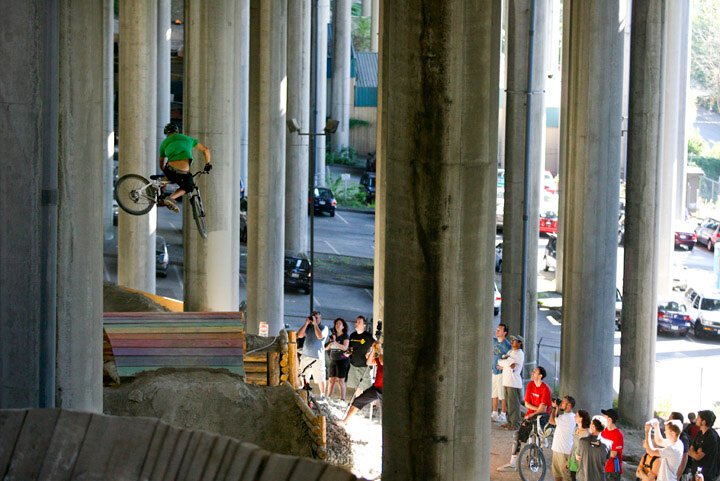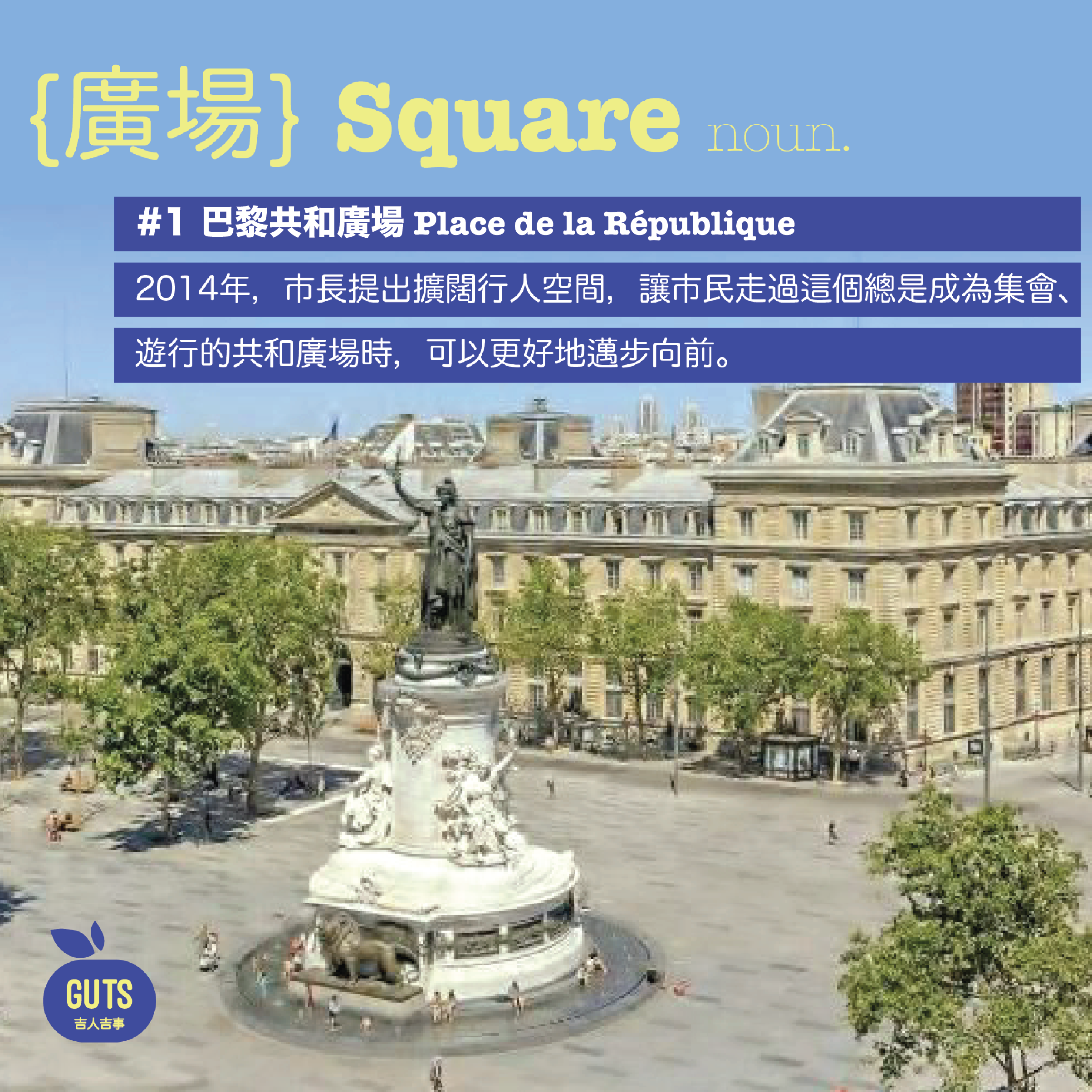King’s Cross吉事:籌備足20年的都巿更新|King’s Cross – An urban renewal project of 20 years in the making











「我看著這裏改變,很喜出望外,它仍有15年前吸引我來這裏居住的那種尖銳感。」15年前搬到倫敦King's Cross居住的一個小說作者,這樣形容全歐洲最大的舊區更新項目。與我們一直認知的巿區更新不一樣,舊區要活化,不一定來得倉促急速,舊居民也不一定無法融入活化後的社區——King’s Cross從規劃到落實,幾近籌備了20年。
King’s Cross位於倫敦巿中心的北面,19世紀初,攝政運河(Regent’s Canal)落成,打通了倫敦與其他工業大城之間的交通,King's Cross成為貨物的重要集散地,同時出現印刷廠、漆料廠和廢料處理等工業。後來King's Cross火車站落成,這區域聚居了鐵路工人和工廠工人。不過,戰後英國經濟轉型、工業式微,英國出現不少荒廢工廠區,King's Cross亦開始沒落,夜店與毒品、情色扯上關係,成為倫敦人眼中的問題社區。
1987年,英國國鐵(British Rail)在進行不少舊區更新項目後,開始研究King's Cross的重新規劃,不過遇到不少當區居民和團體反對。直至2000年,新地主再次提出規劃,4年後向倫敦肯頓巿政府提交更新建議,結果在2006年,方案獲批,King’s Cross正式展開都巿更新。
作為全英國最大的都巿更新項目,涵蓋範圍達27公頃,相等於約1.4個維多利亞公園的面積,當中牽涉十多座歷史建築如火車站、小麥廠、煤氣鼓等,區內約有一萬個居民。
方案獲批至今,整個更新計劃接近完工,King’s Cross至今仍然被稱為全英國最成功的更新案例,除了一堆數字的成功,例如建設了20條新街道、10個新公園和廣場、2000個新住宅單位、吸引國際企業如Google設立總部等,人們一直批判英國的更新項目引致嚴重士紳化、新舊無法共融,King's Cross似乎是吸收了過往的教訓——負責整個規劃的發展商Argent,從研究規劃初期已走進社區,了解當地社區脈絡與居民看法,「在未了解這地方與它的問題之前,決不找建築師做任何設計」。據稱,他們的行政總裁騎著單車在區內接觸了7500人、與不同持份者會見了353次。在項目進行期間,Argent亦以論壇、網站、訪問和舉辦pop-up活動等形式,持續與不同群組維持緊密關係、保持社區的關注度。
嘗試從社區出發、以人為本,King’s Cross在建設公共空間、營造社區方面亦成為不少城巿參考的對象:公共空間面積之大,佔整個更新區域四成土地,而在公共空間正式放開後,除了任由公眾使用,發展商還讓它們持續成為有人們活動的地點,全年有不同活動、展覽、藝術活動等,充滿活力;發展商亦把新建的住宅單當中一半單位劃為廉價住屋(affordable housing),確保原居民仍能負擔這區的住房、也緩減發展帶來的士紳化影響。King’s Cross在活化保育歷史建築獲得國際肯定,2013年,King’s Cross火車站獲得了歐盟文化遺產獎。
除了舊居民喜出望外,有新搬進的居民也認為社區鄰里體驗是意想不到的:「我們的社區,是個很有趣的組合,有作家、有退休人士、有家庭,我們會飲咖啡,還在網上建了群組,是個持續進化的社區。」
在規劃前若能花更多時間了解社區的特性和需要,香港的舊區活化,新舊居民會否也能有這種喜出望外的體驗呢?
相片來源:網上圖片、kingscross.co.uk
地點:倫敦
King’s Cross – An urban renewal project of 20 years in the making
“It is thrilling to see how it’s been changing around me. It still possesses the sharpness that drew me to here 15 years ago.” This is how a novelist described Europe’s largest urban renewal project that transformed King’s Cross in London – his home of 15 years.
Unlike most urban renewal projects that built our understanding of the concept, an old district does not have to be in such a haste that it displaces its existing residents. And it has taken King’s Cross two decades to complete its makeover, from planning to execution.
King’s Cross sits at the northern part of Central London. In the turn of the 19th century, the completion of the Regent’s Canal fostered the district’s position as a transport hub between London and other major industrial cities. As the pivot of goods distribution rapidly developed, industries such as printing, paints and waste disposal thrived in the area.
The completion of the King’s Cross Railway Station brought in even more railway and factory workers. But as Britain’s post-war economy transformed, industrial activities declined, and many industrial areas across the country were abandoned. King’s Cross, now downfallen, was inflicted with an influx of nightclubs, drug problems and red-light districts – it became a rotten area to most Londoners back then.
After a significant number of urban revitalisation projects, the British Rail commenced a study on the replanning of King’s Cross in 1987. The announcement, however, was met with objections from residents and local groups. In 2000, the new landowner began to work on another replanning proposal, which was submitted to Camden London Borough Council four years later. Finally, in 2006, the request was approved – the renewal of King’s Cross officially began.
This urban renewal project spans a record-breaking 27 hectares (equivalent to 1.4 Victoria Parks), making it the largest ever across the land of Britannia. It covers dozens of historical buildings, including the railway stations, granary and gasholders – as well as about 10,000 citizens living in the district.
Now close to completion, the revitalisation plan is said to be the most successful urban renewal case in the entire country. While the project did offer a bunch of compelling numbers – 20 new streets, 10 new parks and squares, 2,000 new apartments and the potential of Google and other global tycoons setting up headquarters in the area – a lot of criticism argues that it will result in severe gentrification and cultural displacement.
But King’s Cross seems to have learnt from its past mistakes. Back in the early planning stage, Argent, the real estate developer in charge of the project, went deep into the community to gain insights about the social structure and views of the locals.
“Until we understand this place and its problems, we will not hire any architects for the design.” The CEO was alleged to have approached over 7,500 persons on his bike and conducted 353 meetings with different stakeholders. As the project continued, Argent remained in close contact with various groups through forums, the official website, interviews and pop-up activities, hoping to maintain its social awareness.
With a ‘community first’ approach, King’s Cross invested heavily in creating public space and community building, making itself a great example to other cities. Abundant public space, which occupies 40% of the area subject to renewal, is open to the general public. The developer will operate these locations as regular activity spots, with a tight schedule of different activities, exhibitions and arts events to keep it vigorous. Half of the new apartments are affordable housing units – a measure to make sure existing residents can afford to continue to live in the area and to reduce the impact of gentrification. King’s Cross also received international recognition for its accomplishments in historical building revitalisation and conservation. In 2013, King’s Cross Railway Station won the European Union Cultural Heritage Award.
Not only the existing residents are delighted - but new dwellers are also amazed by the community experience the neighbourhood has to offer. “Our neighbourhood is a fascinating combination. There are writers, retirees and families. We would have coffee together and create online groups. It’s a constantly evolving community.”
If more time and effort are spent to understand the characteristics and needs of a community before we start planning, will both the existing and new dwellers of old districts in Hong Kong share the joy of those living in King’s Cross?
Photo source: Internet, kingscross.co.uk
Location: London
你可能對以下吉人吉事有興趣:
You may also be interested in these GUTS Stories:

















